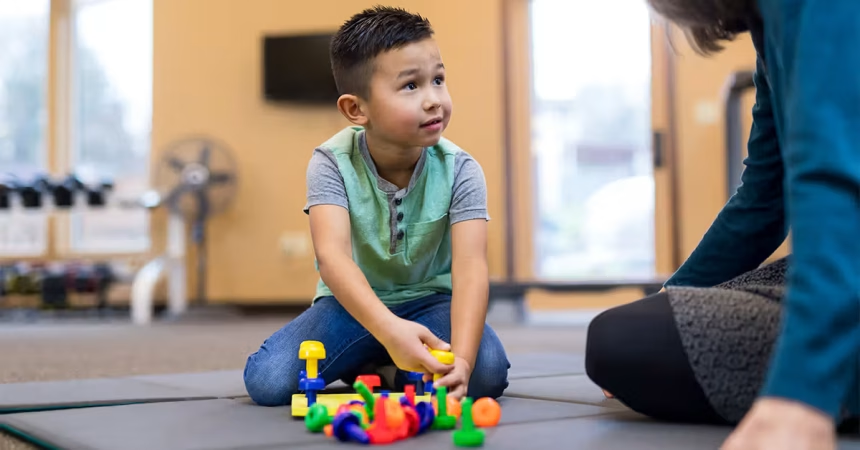Children often struggle to articulate what they feel, especially when overwhelmed by emotions they don’t fully understand. They may retreat inward, act out, or respond with silence when asked questions about their feelings. This isn’t a refusal to communicate, it’s often a sign that they need help processing their thoughts.
Understanding The Role of a Child Psychologist
A child psychologist isn’t just someone who talks to kids, they’re trained professionals who understand child development, behavior, and emotional regulation. They use age-appropriate methods to assess emotional well-being and create interventions to each child’s needs. Whether a child is facing trauma, anxiety, developmental delays, or social issues, a psychologist helps guide them toward healthier coping mechanisms in a structured and supportive environment.
Building Trust
Trust is at the core of effective therapy. For children, this means feeling safe, not judged, and truly heard. The first few sessions are usually dedicated to creating that comfort zone. Psychologists may speak gently, play simple games, or just listen, letting the child lead the interaction. This slow and respectful approach gradually helps children open up at their own pace.
Using Play Therapy to Encourage Self-expression
Play therapy is more than just play, it’s a window into the child’s inner world. Toys, dolls, puppets, and games are used as tools to express what the child may not be able to say in words. This method allows therapists to observe patterns, behaviors, or themes that point to deeper emotional struggles and provide opportunities for intervention.
Art and Storytelling as Communication Tools
Art and storytelling can help children express complex emotions through creative channels. Drawing pictures, crafting stories, or using metaphorical characters allows children to externalize their feelings in an indirect way. These methods are particularly helpful for children who have experienced trauma or have difficulties processing language. It also allows psychologists to pick up on recurring symbols or narratives that may reflect their emotional state.
The Power of Observation
Children often speak through behavior, such as by avoiding eye contact, repeating certain actions, or reacting strongly to specific situations. Child psychologists are trained to observe these subtle cues to understand the child’s emotional and cognitive state. Body language, tone of voice, and interaction with toys or peers offer valuable insights that might be missed in a traditional conversation.
Cognitive-behavioral Strategies Adapted for Children
Cognitive-behavioral therapy (CBT) is a popular method that helps children understand the link between their thoughts, feelings, and behaviors. For children, CBT is adapted into engaging formats like using cartoon characters to model healthy thinking or turning coping strategies into games. These techniques can be especially helpful for anxiety, anger issues, and self-esteem challenges.
Creating a Safe and Non-judgmental Space
The physical and emotional environment matters in therapy. A child psychologist’s office is often designed to be calming, colorful, and engaging. But beyond decor, the atmosphere of non-judgment is key. Children should feel they can say anything without fear of punishment or disapproval. This helps them be honest and open.
With increasing awareness about child mental health, cities like Thane have seen a rise in specialized pediatric therapy centers. The city combines quality infrastructure with access to trained professionals, making it a preferred destination for parents seeking early intervention. If you’re looking for the best child psychologist in Thane, you’ll find qualified experts to support your child’s needs.
How Parental Involvement Improves The Outcomes of Therapy
While the focus is on the child, involving parents in the therapeutic process can lead to better outcomes. Parents are often asked to reinforce positive behaviors at home or observe specific reactions in their child’s daily environment. Their insights are very important in helping therapists develop a fuller picture.








